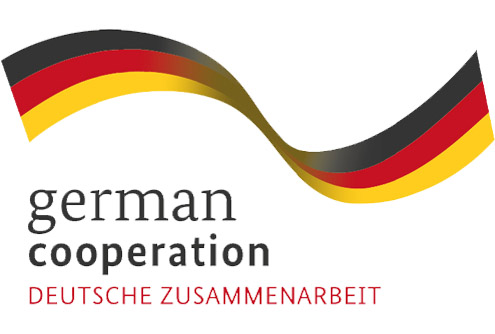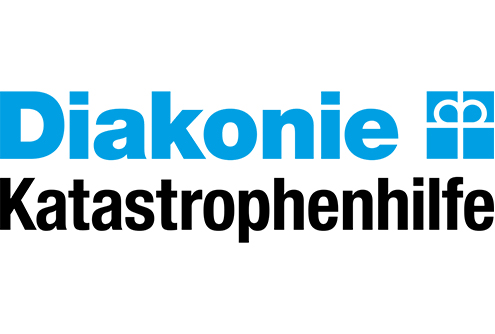Overview
This checklist of questions can be used during stage three of the risk-informed development planning process. It can be used together with the relationship mapping exercise.
"*" indicates required fields
Overview
This checklist of questions can be used during stage three of the risk-informed development planning process. It can be used together with the relationship mapping exercise.
Communities
Financial security
Consider the financial security of:
Specific groups and individuals
Health of natural environment
Local government
Local development plans
Do the local area development plans and local government institutions:
Accountability
Financial support
Infrastructure
View the complete Risk-Informed Development Guide
This resource is taken from our Risk-Informed Development Guide, which provides a comprehensive stage-by-stage approach to working with communities most at risk.
View guide
Our Risk-Informed Development Guide was produced as part of our Local Leadership for Global Impact project. The project and all related content was funded by the German Federal Ministry for Economic Cooperation and Development (BMZ). All content is the sole responsibility of GNDR and does not necessarily reflect the views of the BMZ.
Visit their website
Our Local Leadership for Global Impact project is implemented in partnership with Diakonie Katastrophenhilfe.
Visit their website